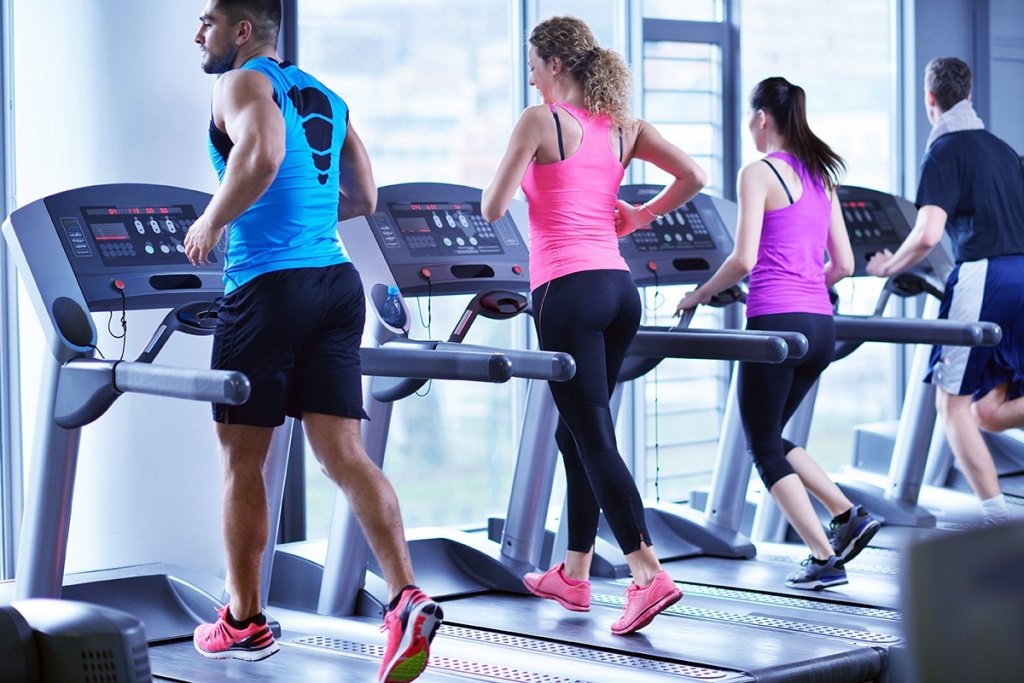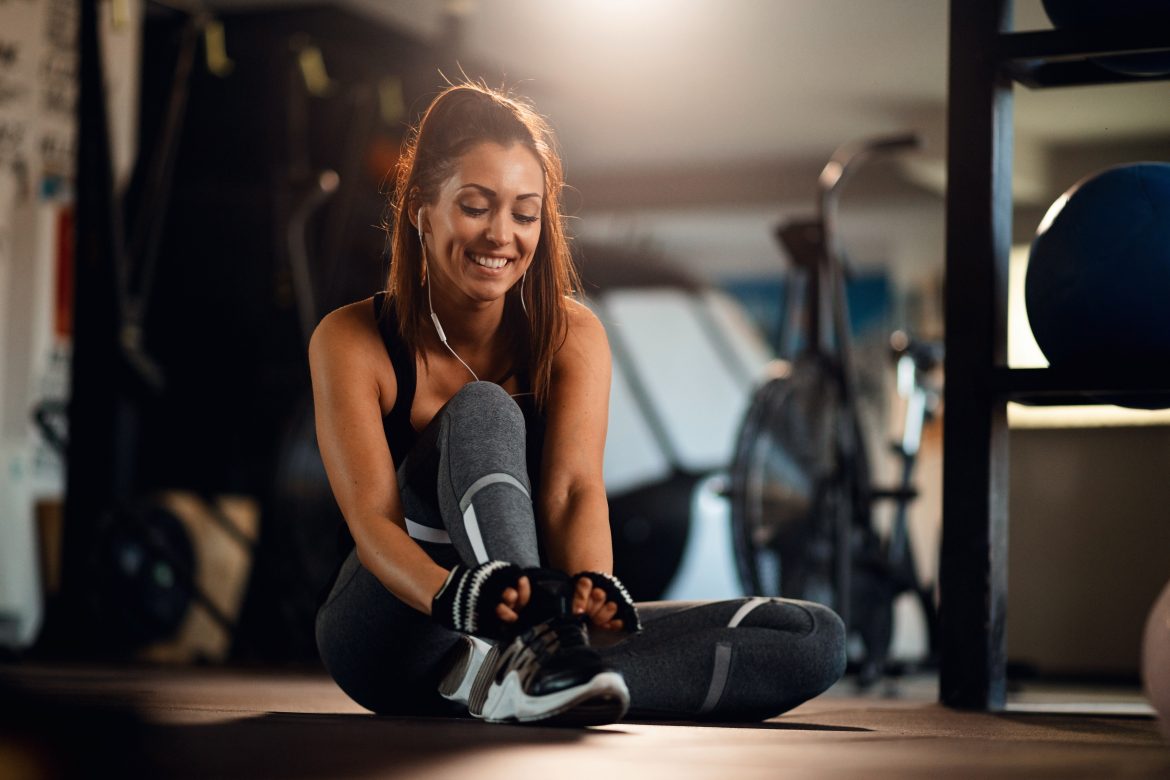An effective workout routine is not just a set of exercises, but a balanced system that takes into account your goals, fitness level, lifestyle, and recovery. Without balance, you can end up overtraining, injured, or frustrated. Start by analyzing: What do you want? Strength? Endurance? Slimness? Health?
Determine the frequency of your workouts. For beginners, 3 times a week is enough. For experienced users, 4–5. It is important to alternate the load: strength, cardio, functional training, rest days. For example:
Mon: Strength (legs)
Tue: Cardio (running)
Wed: Rest or stretching
Thu: Strength (upper body)
Fri: Functional (HIIT)
Sat: Active rest (walking)
Sun: Rest
Include all types of load:
Strength — for muscles and metabolism
Cardio — for the heart and fat burning
Mobilization and stretching — for mobility and injury prevention
Core — for stability and posture
Monitor the volume and intensity. Don’t do everything in one day. It’s better to do 30 minutes every day than 3 hours once a week. Use the principle of gradual increase: +10% load per week.




